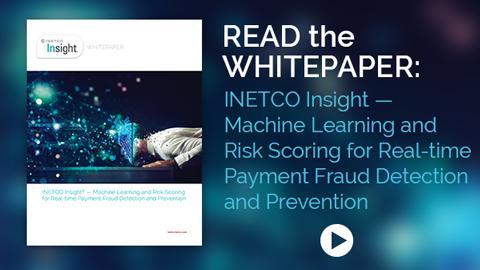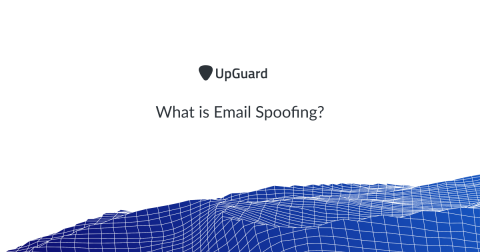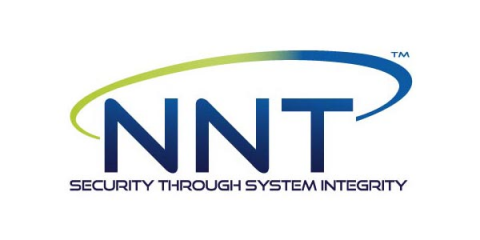Top 3 Fraud Detection and Machine Learning Tips to Identify High-Risk Customer Banking
There are scary villains out there, and they don’t just come out on Halloween. Forget about tricks, and treat yourself to something worth reading…but be warned…this blog is not for the faint of heart… The authentication or the decline of a payment transaction is often the defining factor of end customer experience.








